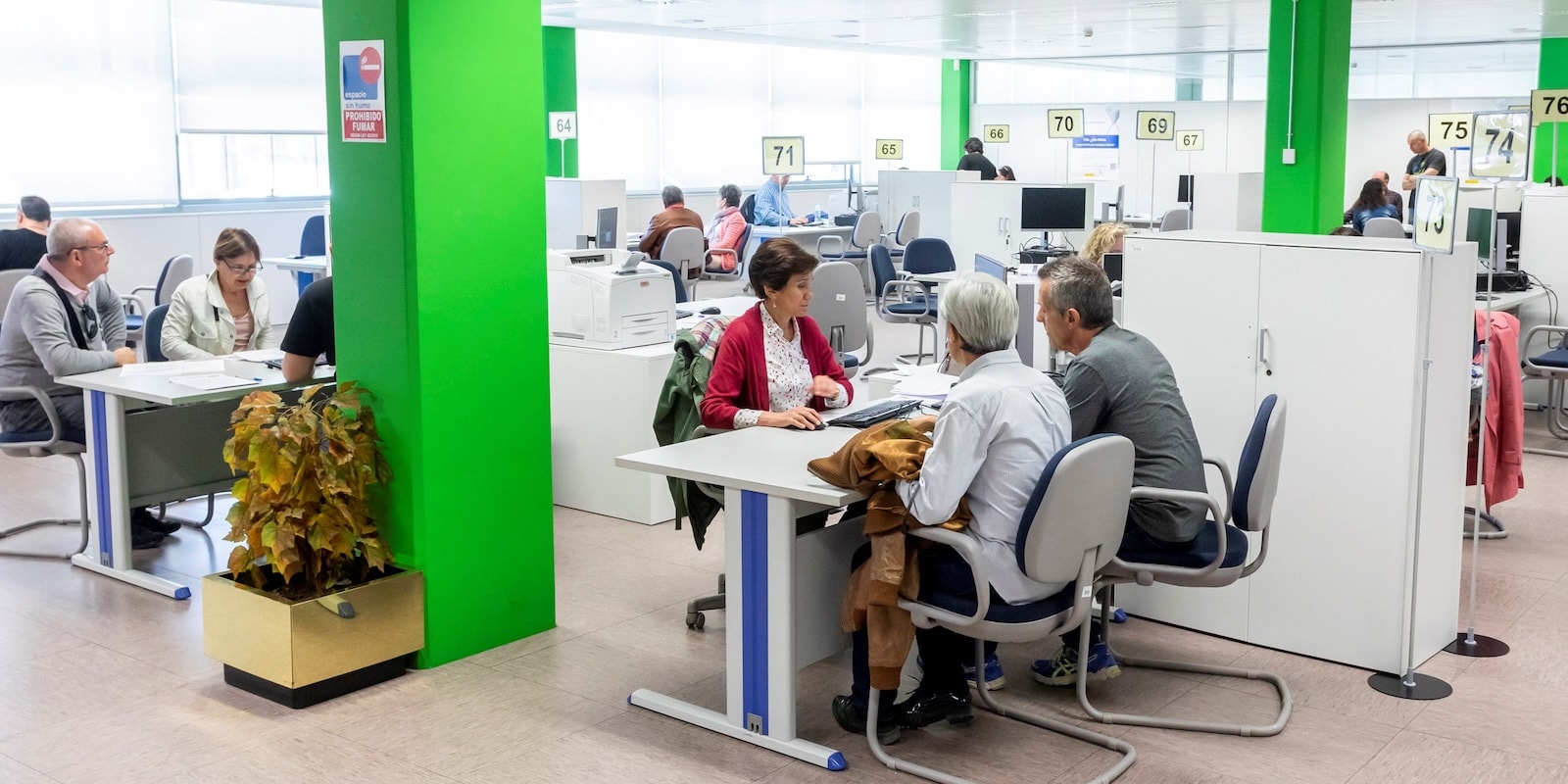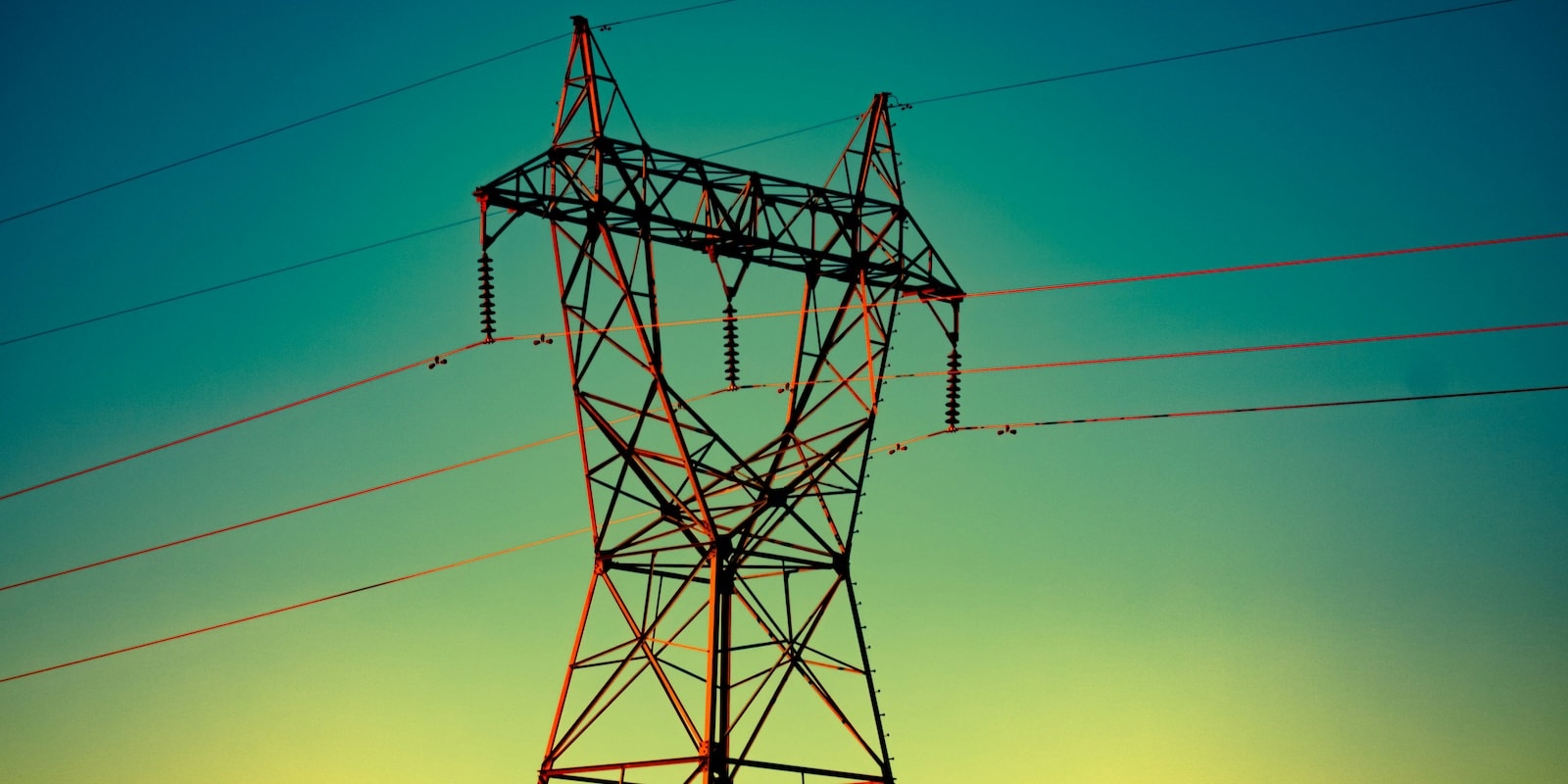Monday, August 18, 2025
The end of summer can be a good time to rethink your workspace. This is an area where technological advances and energy efficiency become key allies in achieving optimal, more sustainable environments with lower maintenance costs.
Photo: R. García - EFE
The last weeks of August are an ideal time to take stock in offices. And, on this occasion, we are not referring to a review of internal processes, but rather to the energy management of the workspace to make it more efficient and sustainable, taking advantage of the fact that many employees are still on vacation.
To do this, it is important to focus on three fundamental pillars: lighting, air conditioning, and the electrical devices used. Air conditioning accounts for around 40% of consumption in an office, while electrical equipment accounts for 35% and lighting for 20%, according to the Guide to Energy Saving and Efficiency in Offices and Workplaces of the Community of Madrid.
- Climate control: optimal temperature, thermal insulation, etc.
When it comes to climate control, you need to think about things like energy-saving systems, thermal insulation, energy meters for radiators, and scheduling the climate control system based on when the space is in use and the expected temperature.
The Regulation on Thermal Installations in Buildings states that the ideal temperature ranges in offices are, in summer, between 23 and 25°, with a relative humidity of between 45 and 60%; while in winter, they should range between 21 and 23°, with relative humidity between 40 and 50%.
To achieve this, proper insulation of interior and exterior walls, as well as control of access to prevent heat or air conditioning loss, is essential. In addition, it is recommended to install insulated glass in windows to reduce heating consumption and, in summer, to have sunshades to reduce the energy demand for air conditioning.
- Lighting: LED lights and natural light
Another key factor in the search for an efficient office is lighting. The guidelines provided by the IDAE can be used as a basis for this. They recommend maximizing natural light and using LED lights, as well as implementing lighting regulation and control systems to reduce energy and maintenance costs for the facility. There are four fundamental techniques for achieving this:
- Regulation and control on demand by the user via a manual switch, push button, potentiometer, or remote control.
- Regulation of artificial lighting based on natural light input.
- Control of switching on and off based on whether someone is in the room.
- Regulation and control via a centralized management system.
Using these systems can result in energy savings of up to 50% and 65%, depending on the type of installation, as explained in the Technical Guide to Energy Efficiency in Lighting: Offices.
- Choice of electronic devices
Electronic devices—computers, printers, scanners, servers, etc.—are also responsible for part of our energy consumption, although not all of them use the same amount. Therefore, to reduce this consumption, you need to use energy-efficient equipment (labeled Class A or higher) or replace desktop computers with laptops, which use up to 50% less energy.
We must not forget vampire power, i.e., the energy generated by electrical appliances when they are plugged in but not in use, and those that are in standby mode. The IDAE estimates that between 7% and 11% of annual electricity consumption in Spanish households corresponds to this type of consumption.
- Efficient spaces
Finally, the design and layout of the workspace also contribute to energy efficiency. Office interior design not only seeks to create aesthetically pleasing spaces, but also efficient, functional spaces that are tailored to the technological and human needs of employees. To create a healthier environment, we can take advantage of natural light or use plants and other natural elements that help improve air quality and regulate temperature.
There are numerous examples of companies that are committed to this trend of combining energy efficiency and innovation. The headquarters of Google, Facebook, Red Bull, Microsoft, Dropbox, and Nvidia are notable examples with their pleasant and creative environments, where open spaces and plenty of light are combined with the latest technologies to be as efficient as possible.
In Spain, the SelgasCano architecture studio, on the outskirts of Madrid, has a space designed around the idea of working under trees and in harmony with the surrounding environment. It is a transparent structure that allows you to see outside, but prevents glare from the sun.
For its part, Skylight Madrid won the Best New Office Building award at the 2024 AEO Awards, thanks to the flexibility of its design, with modular and multifunctional spaces that facilitate collaboration and adapt to the changing needs of companies. This is combined with sustainability, with the use of eco-friendly materials and systems that optimize energy consumption.
Ultimately, an efficient office layout must ensure that all employees have a functional space that guarantees their comfort while they work and promotes sustainability through energy efficiency.
¿Te ha parecido interesante?





